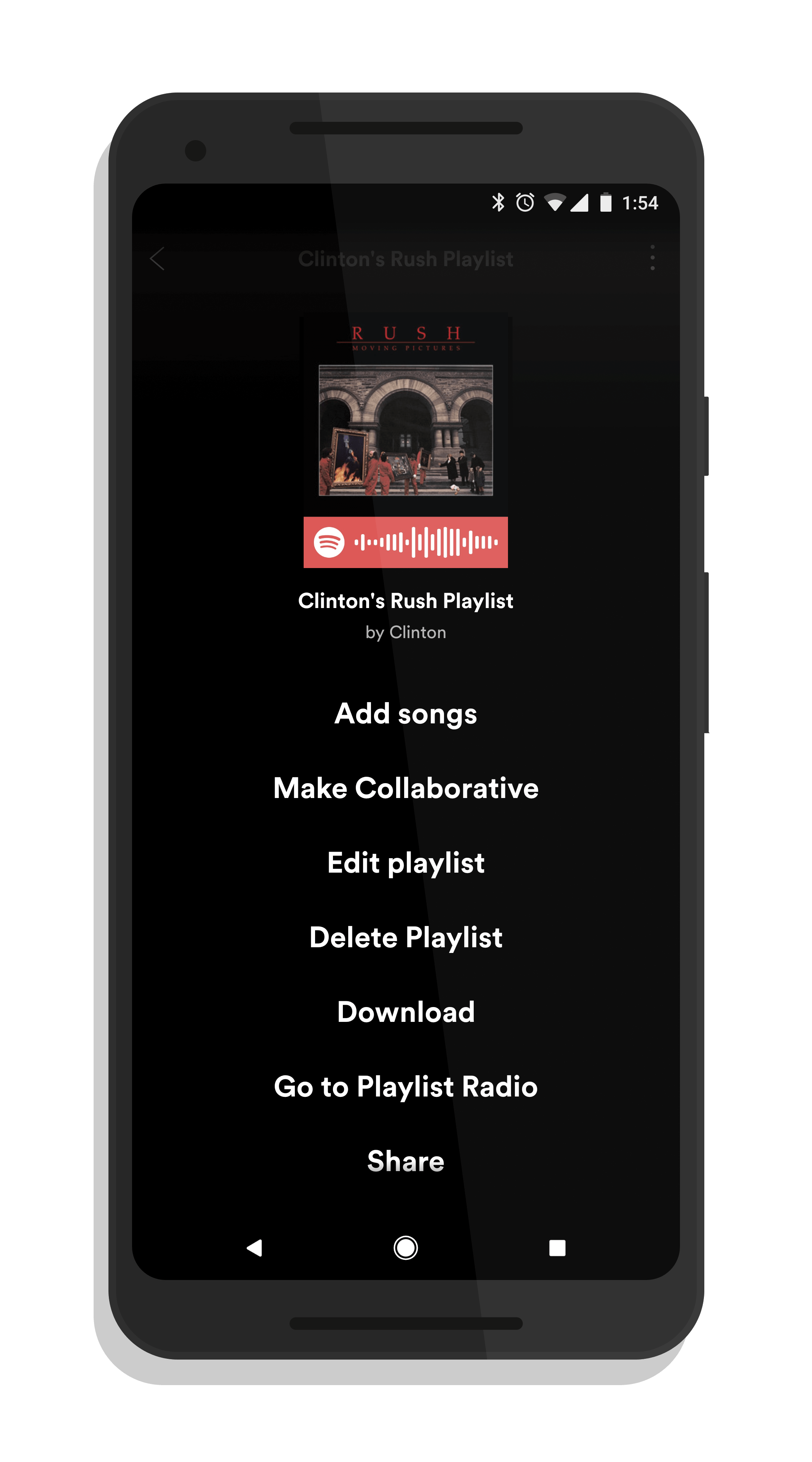
Closer to 0.0, it's more electronic.ĭanceability: Uses tempo, rhythmic stability, beat strength, and regularity to determine whether your feet will be moving at your standing desk. The Track Explicit field is a bit different, and explained below.Īcousticness: The closer to 1.0, the more acoustic. For numerical fields, you'll want to choose (Number) Greater than if you'd like to see your playlist feature more of that quality or (Number) Less than if you'd like to avoid songs with that quality. These numbers can be tweaked to match your specific preferences for at-work listening. Creating the Zapīased on my personal preferences, I set the Filter to favor high-energy, danceable, happy songs and removed features that don't matter, like "liveness." Using these eight elements of music, we can build a new playlist filled with 100 percent quantifiable bangers. Pharrell Williams's "Happy" from Despicable Me 2 lives up to its name with a valence score of 0.962, while Sarah MacLachlan's contribution to Toy Story 2 "When She Loved Me" scores an appropriate 0.235 (I'm not crying, you're crying). Valence: Sure the music is good, but is it happy? Valence uses measures like key and tempo to determine whether the song has a positive or negative emotion. Hit musical Hamilton's "Alexander Hamilton" scores one of the higher Speechiness scores I've seen at 0.285, while Paul Simon's "You Can Call Me Al" receives a somewhat surprising 0.0535, probably thanks to the penny whistle solo. Podcasts are likely to score highly, with most songs averaging below 0.3. Speechiness: The opposite of Instrumentalness, this measures the presence of spoken words on the track. Disturbed's "Down with the Sickness" is surprisingly well-mixed at -4.262dB, while Sigur Rós's "Sleep 9" averages a chill -32.0dB. Loudness is measured from -60 to 0 decibels, with most songs averaging around -5dB. Loudness: While you can manually adjust your volume at any time, Loudness tells us about relative loudness over the whole length of the song (basically, will you need to turn up the volume to hear this song?). Sting and Phil Collins playing "Every Breath You Take" at Live Aid 1985 scores 0.992, while Todrick Hall's quarantine-themed "Mask, Gloves, Soap, Scrubs" appropriately rings in at 0.0694.
Spotify playlist full#
Liveness: By listening for crowd noise, Spotify tells us whether the song was recorded in front of a live studio audience, Full House style. Instrumentalness: Spotify also predicts how likely the song is to have no vocals, not counting mouth sounds like "ooh" and "aah." Eminem's "Lose Yourself" barely ekes out a score at 0.00072, while Flatt & Scruggs' "Foggy Mountain Breakdown" tops the charts at 0.901. Brahms' "Lullaby" clocks an energy score of 0.36, while Technotronic's '90s dance classic "Pump Up the Jam" hits 0.887. Folk-rock group The Lumineers' song "Ho Hey" scores 0.765, while DEVO's "Whip It" scores significantly lower at 0.00213.ĭanceability: Spotify's documentation described "danceability" as "how suitable a track is for dancing based on a combination of musical elements including tempo, rhythm stability, beat strength, and overall regularity." Daft Punk's "Hard, Better, Faster, Stronger" scores a respectable 0.817, while David Bowie's "Space Oddity" comes in at 0.299.Įnergy: Using a few different qualities like tempo, loudness, and overall activity within the song, Spotify puts together an "energy" score that tells you how likely the track is to wake you up in the morning.

If you want to dive deeper into the science behind these scores, Spotify has a lot of interesting information on their developer page.Īcousticness: This represents how certain Spotify is that the track was performed acoustically (without electronic instruments).

Most of these are on values from 0.0 (does not have this quality) to 1.0 (absolutely has this quality). In order to get this playlist sounding just how you want it, you'll need to tweak the values Spotify assigns to eight qualities of every track. Depending on how often it runs, it could be pretty task heavy.
Spotify playlist trial#
Something to note: This is a multi-step Zap, meaning you'll either need to be in your trial period or have a paid account to set it up.


 0 kommentar(er)
0 kommentar(er)
